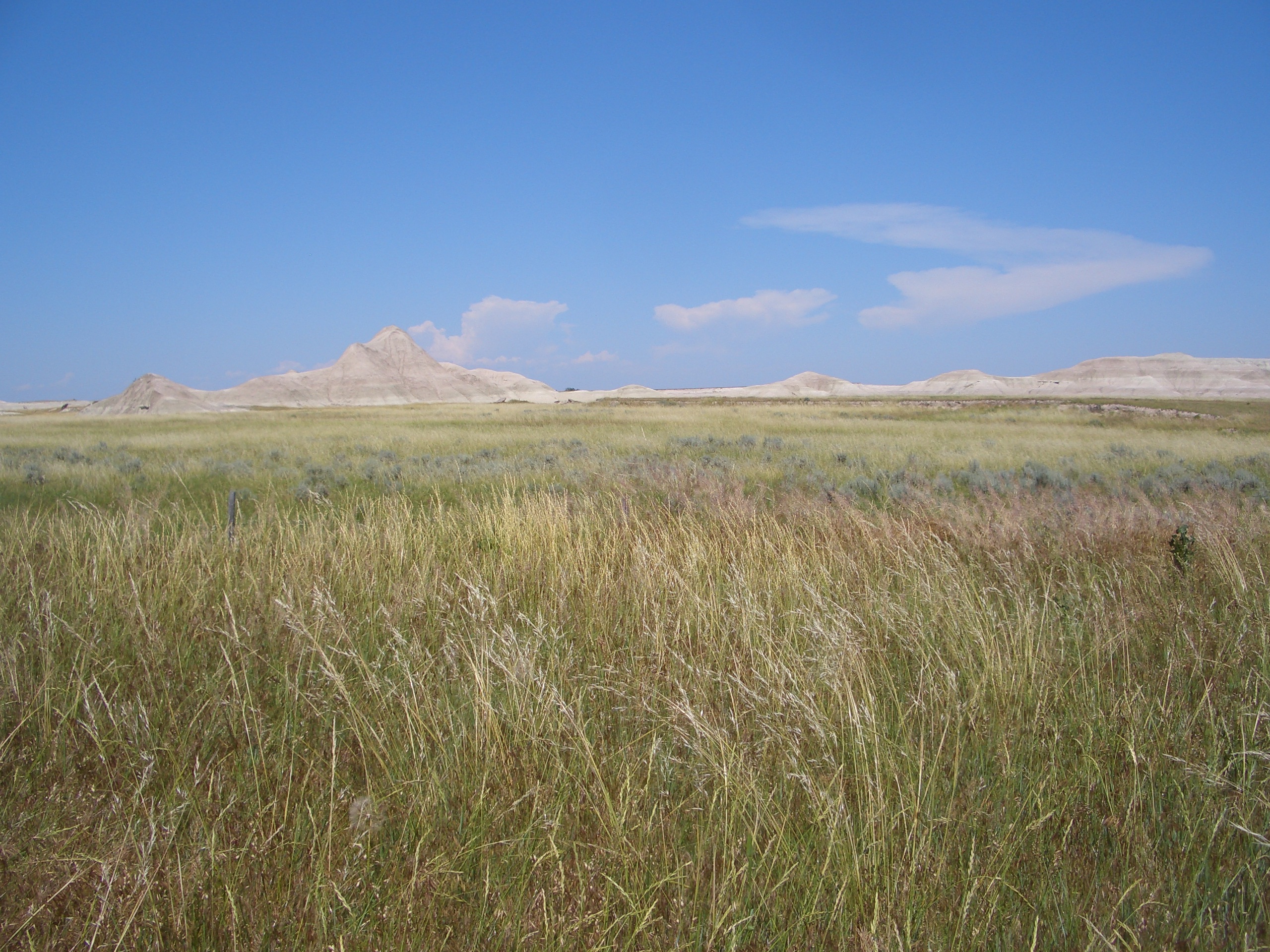Climate Wizard

Posted by
Jennie HoffmanOverview
With ClimateWizard you can:
- view historic temperature and rainfall maps for anywhere in the world
- view state-of-the-art future predictions of temperature and rainfall around the world
- view and download climate change maps in a few easy steps
ClimateWizard enables technical and non-technical audiences alike to access leading climate change information and visualize the impacts anywhere on Earth. The first generation of this web-based program allows the user to choose a state or country and both assess how climate has changed over time and to project what future changes are predicted to occur in a given area. ClimateWizard represents the first time ever the full range of climate history and impacts for a landscape have been brought together in a user-friendly format.
ClimateWizard is a web-based simulator developed collaboratively between The Nature Conservancy, the University of Washington, and the University of Southern Mississippi. ClimateWizard allows users to access and visualize climate change information and predict future climate change impacts for any given location worldwide. Users are able to select a state or country of interest and visualize changes in average temperature and precipitation that have occurred to date and to see projected changes through the end of the 21st century. Projected changes are based on the three different emission scenarios presented in the IPCC Fourth Assessment report, and users can select which emissions scenario they prefer to use. Users can also select from a variety of different General Circulation Models (GCMs), which simulate interactions of atmosphere, land, oceans, and ice. The ClimateWizard incorporates sixteen different GCMs from various institutions, such as the Max Planck Institute for Meteorology, the Hadley Center for Climate Prediction, and Research, and the National Oceanographic and Atmospheric Administration Geophysical Fluid Dynamics Laboratory. In the web viewer, users can select an average of all the models, an ensemble of the lowest or highest models, ensembles of various in-between values, or select specific GCMs. Users can view data in the web portal or import data into ArcGIS. ClimateWizard can be used by the general public to better understand climate change trends, or by technical users looking to get more specific information to inform planning processes. Example in use: ClimateWizard has been applied in a number of projects to analyze potential climate impacts, design adaptation strategies, and evaluate potential management and restoration activities. For instance, in the Gulf of California, The Nature Conservancy collaborated with local conservation planners to create monthly maps to understand how potential future changes in air temperature and precipitation will impact a variety of conservation targets in the region. The Appalachian Trail Conservancy used the data from ClimateWizard to measure projected landscape changes along the Appalachian Trail and identify and quantify potential future threats to the trail. For additional examples and a full list of projects where ClimateWizard was applied, please visit http://www.climatewizard.org/casestudies.html.
Examples in Use: ClimateWizard has been applied in a number of projects to analyze potential climate impacts, design adaptation strategies, and evaluate potential management and restoration activities. For instance, in the Gulf of California, The Nature Conservancy collaborated with local conservation planners to create monthly maps to understand how potential future changes in air temperature and precipitation will impact a variety of conservation targets in the region. The Appalachian Trail Conservancy used the data from ClimateWizard to measure projected landscape changes along the Appalachian Trail and identify and quantify potential future threats to the trail. For additional examples and a full list of projects where ClimateWizard was applied, please visit http://www.climatewizard.org/casestudies.html.
Phase of Adaptation: Awareness, Assessment
Audience
Land managers, water utility managers, natural resource managers, local authorities, planners, policymakers, engineers, scientists, community members




